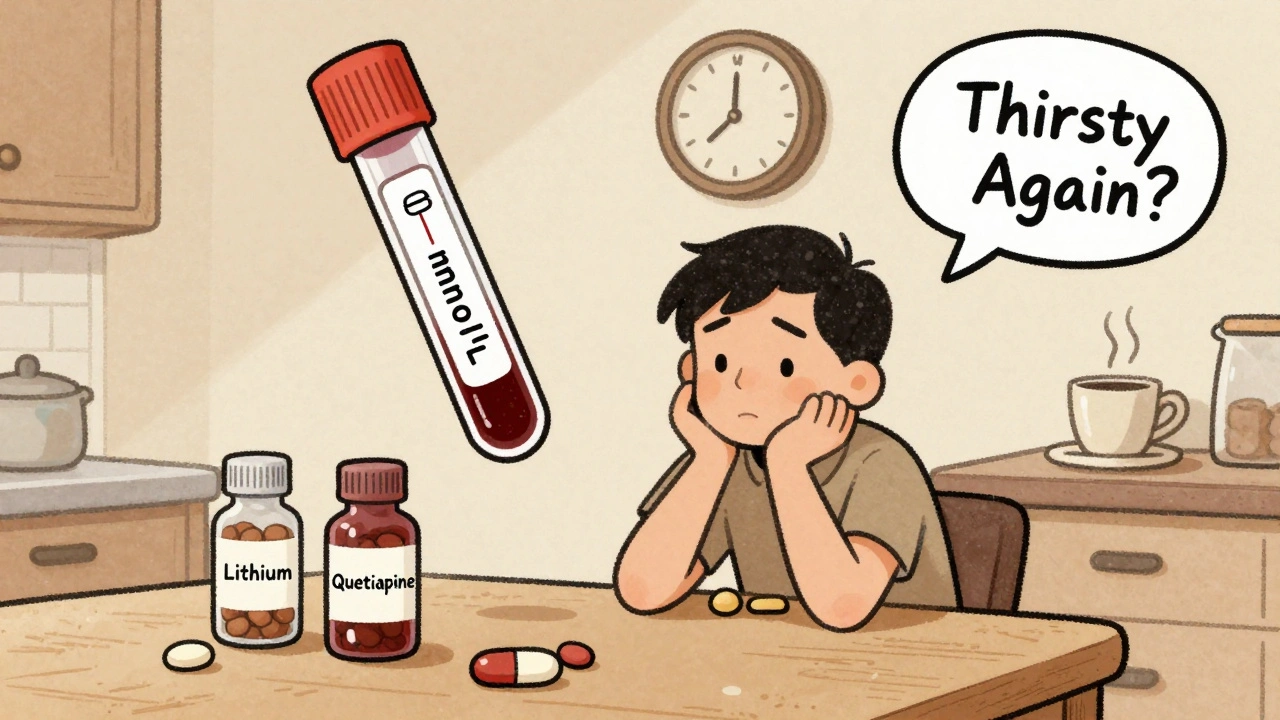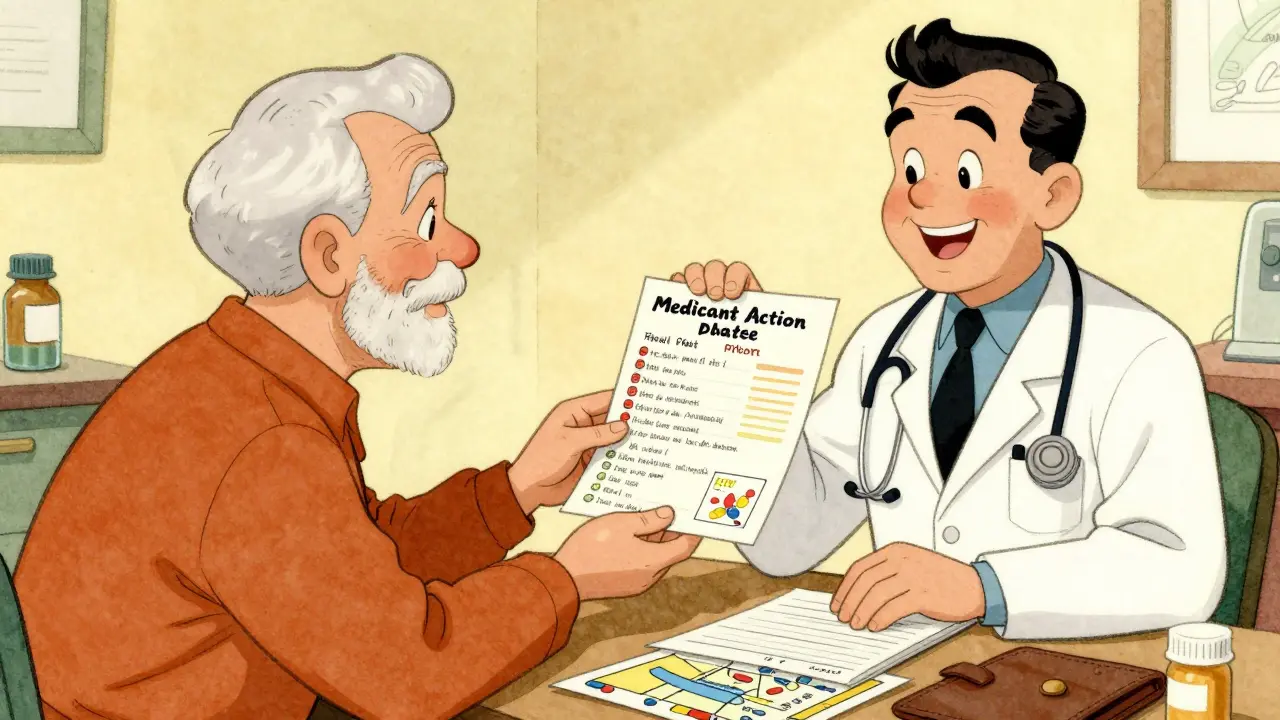Kaposi Sarcoma History
When studying Kaposi sarcoma, a vascular tumor that appears as skin or organ lesions, first identified in the late 19th century. Also known as Kaposi's sarcoma, it has moved from a rare curiosity to a key indicator of immune system health.
The disease’s journey is tightly linked to Human herpesvirus 8 (HHV‑8), the viral driver discovered in the 1990s that triggers the abnormal blood vessel growth seen in Kaposi sarcoma. When HHV‑8 infects a person with a weakened immune system, the virus can unleash the tumor’s signature lesions.
Another turning point arrived with the emergence of AIDS, the condition caused by HIV that sharply reduces immune defenses. In the 1980s, clinicians noticed a surge in Kaposi sarcoma cases among gay men, turning the disease into a visual hallmark of the AIDS epidemic. This link forced researchers to view Kaposi sarcoma not just as a skin disorder but as a barometer for immune compromise.
Key Phases in the Timeline
The earliest records date back to 1872, when Moritz Kaposi described the tumors in elderly Mediterranean men—now called classic Kaposi sarcoma. For decades the condition stayed confined to older, immunocompetent patients, showing slow‑growing patches on the lower limbs. Kaposi sarcoma history in this era was limited to dermatology textbooks and occasional case reports.
The 1980s rewrote that narrative. As HIV spread, physicians saw aggressive, disseminated lesions in young patients, often involving the mouth, lungs, and gastrointestinal tract. This AIDS‑related form proceeded rapidly and demanded new therapeutic strategies, sparking intense research into antivirals and immune‑boosting drugs.
Once HHV‑8 was isolated, the 1990s brought a mechanistic breakthrough: scientists proved that the virus encodes proteins that hijack cell growth pathways, explaining why the tumor appears only when immune surveillance falters. This discovery opened doors to targeted therapies, such as interferon‑α and later, angiogenesis inhibitors.
In the 2000s, the rollout of antiretroviral therapy (ART) dramatically reduced AIDS‑related Kaposi sarcoma incidence in high‑resource settings. Patients on effective ART often see lesion regression without direct cancer treatment. Meanwhile, classic and transplant‑associated forms persisted, prompting ongoing work on chemotherapy agents like liposomal doxorubicin and immunomodulators.
Today, Kaposi sarcoma sits at the crossroads of oncology, virology, and transplant medicine. Researchers continue to explore vaccine candidates against HHV‑8, refine checkpoint‑inhibitor use, and investigate the tumor’s genetics to predict response to therapy. Each new insight adds another chapter to the disease’s complex history.
Understanding this timeline helps you see why the condition appears in such varied contexts: from elderly Mediterranean men with classic lesions to organ‑transplant recipients on immunosuppressants, and to people living with HIV. The common thread remains the same—an interplay of viral infection and immune status that shapes disease behavior.
Below, you’ll find a curated collection of articles that dive deeper into specific angles of Kaposi sarcoma history. Whether you’re curious about the original case descriptions, the role of HHV‑8, treatment evolution, or the impact of modern HIV therapy, the posts ahead break down the facts into practical takeaways you can apply to your own health decisions or professional knowledge.
Kaposi Sarcoma History & Modern Treatments: A Complete Overview
Explore the full timeline of Kaposi sarcoma-from Moritz Kaposi's 1872 discovery, the HHV-8 link, AIDS impact, to today's targeted chemo and immunotherapy options.






